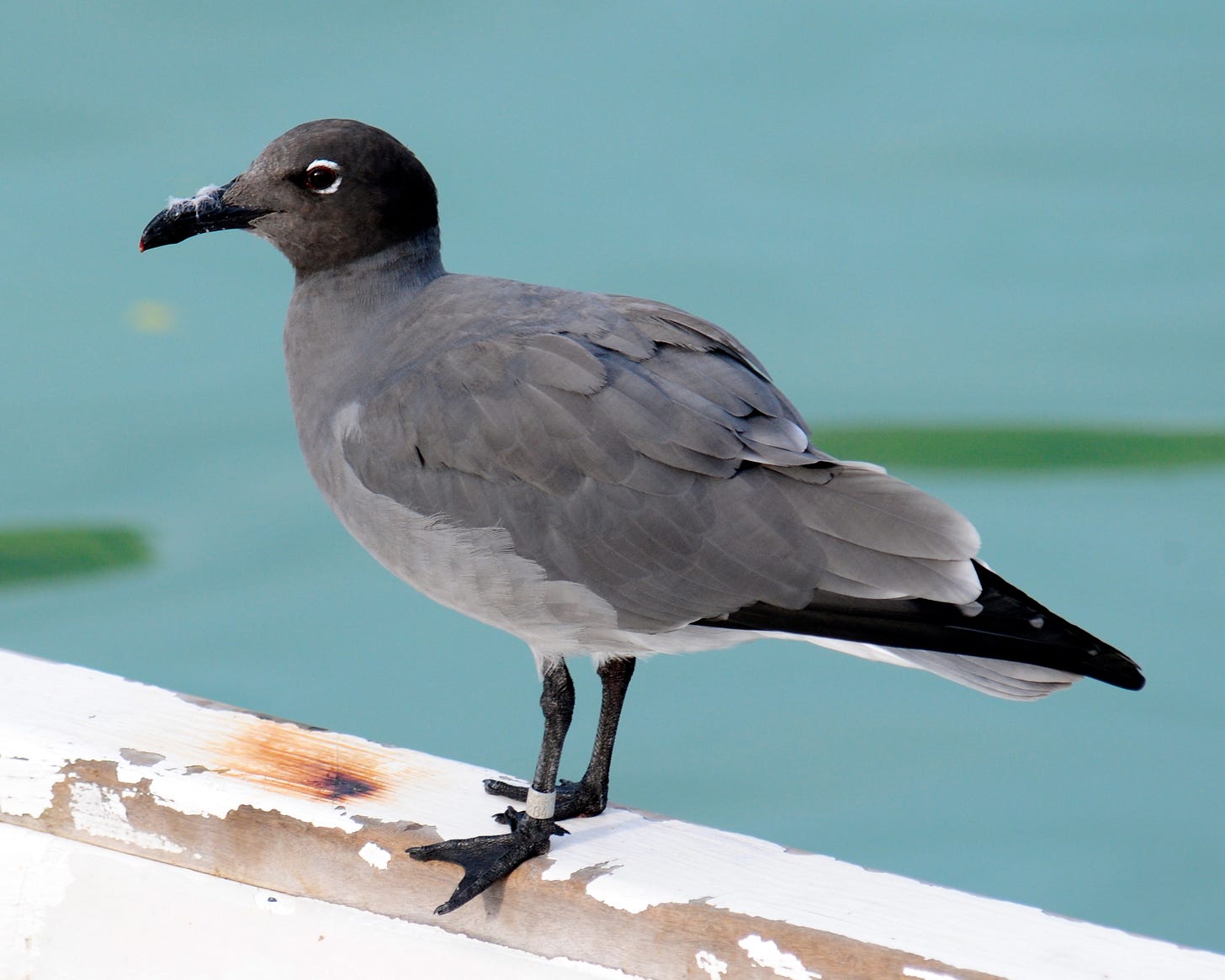Lava Gull
There are over 50 species of gull. Lava Gull is rarest. Gulls you see at the beach are not Lava Gulls unless you're in the Galapagos.

The Galapagos Islands have many birds. Flightless Cormorant, Phalacrocorax harrisi; Large Ground Finch, Geospiza magnirostris; Galapagos Hawk, Buteo galapagoensis. One species endemic to the Galapagos stands out. …
Keep reading with a 7-day free trial
Subscribe to Rock & Hawk to keep reading this post and get 7 days of free access to the full post archives.




